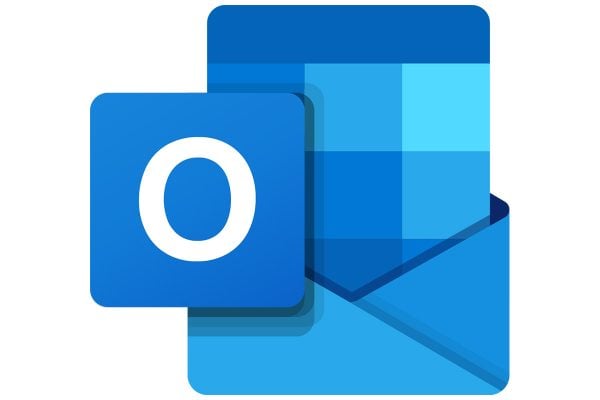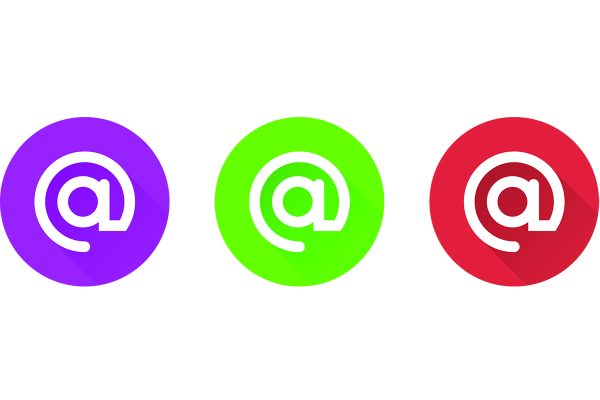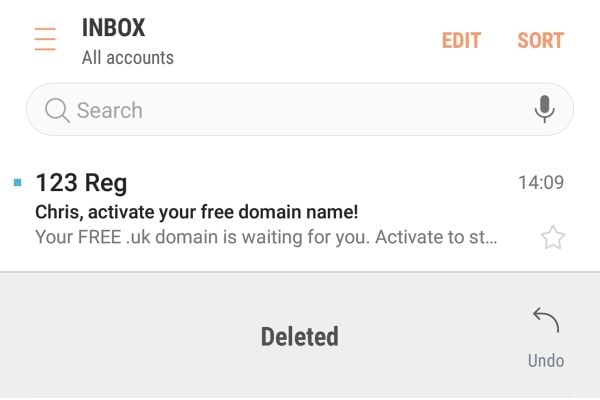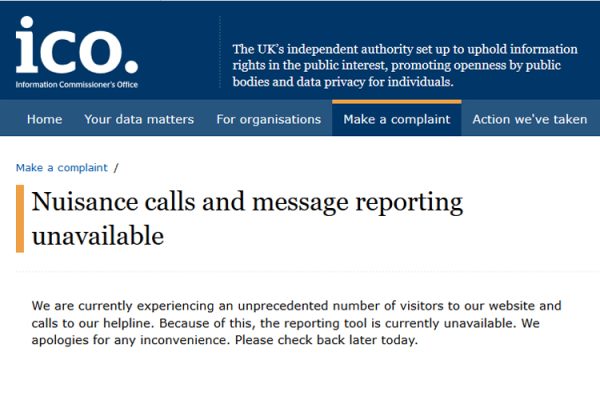How often is too often? Many of us worry about emailing our customers too frequently: will they think it’s spam? But maybe we’re worrying unnecessarily.
For about a year now (in fact, since I started), I’ve been sending out a monthly email newsletter to our clients at work. A few months back, due to a whole pile of topical stuff that wouldn’t wait, I started sending them out a bit more often – which turned into weekly. It was an experiment: I wondered if the extra traffic we might get might outweigh the unsubscribes due to extra frequency. And what happened was very surprising.
Unsubscribes dropped (they were always low, around 0.5%; now they’re almost unmeasurable). And open rates (the number of people reading the emails) increased. By 60%.
I don’t know why this is, and I can’t ask them: “hey you! why are you reading my emails?” is the question of a crazy woman. But here’s what I think happened: people started expecting the emails. Once a month isn’t often enough. You can’t have any kind of relationship with once-a-month communication. If you hear from someone regularly, you start to listen more.
And – this is the craziest bit of all – people have started replying. I put my own email as the reply-to, instead of some info@ customer services one. People chat back, about the service they’re getting from us, about changes they need made to their accounts, about other, different emails I’ve sent at other times.
We shouldn’t be worrying about frequency. We should be worrying about relevance. Give them stuff they need to know (and not just “this week’s special offer” – stop selling, start talking), and it’s not spam, it’s a conversation.
![]() photo credit: freezelight
photo credit: freezelight










7 Responses
I don’t think this is really accurate – we kind of glazed over the content, demographics and a bunch of more important items than frequency. I don’t know that most people should just go and up the frequency fom say a monthly newsletter to a weekly blast, you might have the polar opposite reaction, and lose 60% of your list. Testing is always great, but you have to understand your audience, subject matter, relevance and content before you decide to increase things 4x.
Problem is when you have to make 99.5% of people happy, if you gain 0.2% annoyance factor it doesnt offset improving 20%.
Another thought about this:
The people who say “I could ignore an email a month but one a week is too much” weren’t listening to you anyway. They were deleting your email unread. All they were doing was puffing your numbers (and your ego) and distorting any measure of the effectiveness of your communication to people who really want to hear from you.
Surely it’s about a combination of reasonable frequency and relevant content, there is no point sending out an email if you have nothing to say!
We probably aim to send every two weeks or so, but always the Friday of the weekend of payday, seems to give us a real spike in sales.
Like Sue says I wouldn’t be worried about sending it as long as there is something in it!
I got nearly every day a newsletter from Victoria’s Secret. It seems they have so much credit that no one consider it like spam.
If you send too much newsletters and a lot of people mark it like spam you can get blocked by the email service provider.